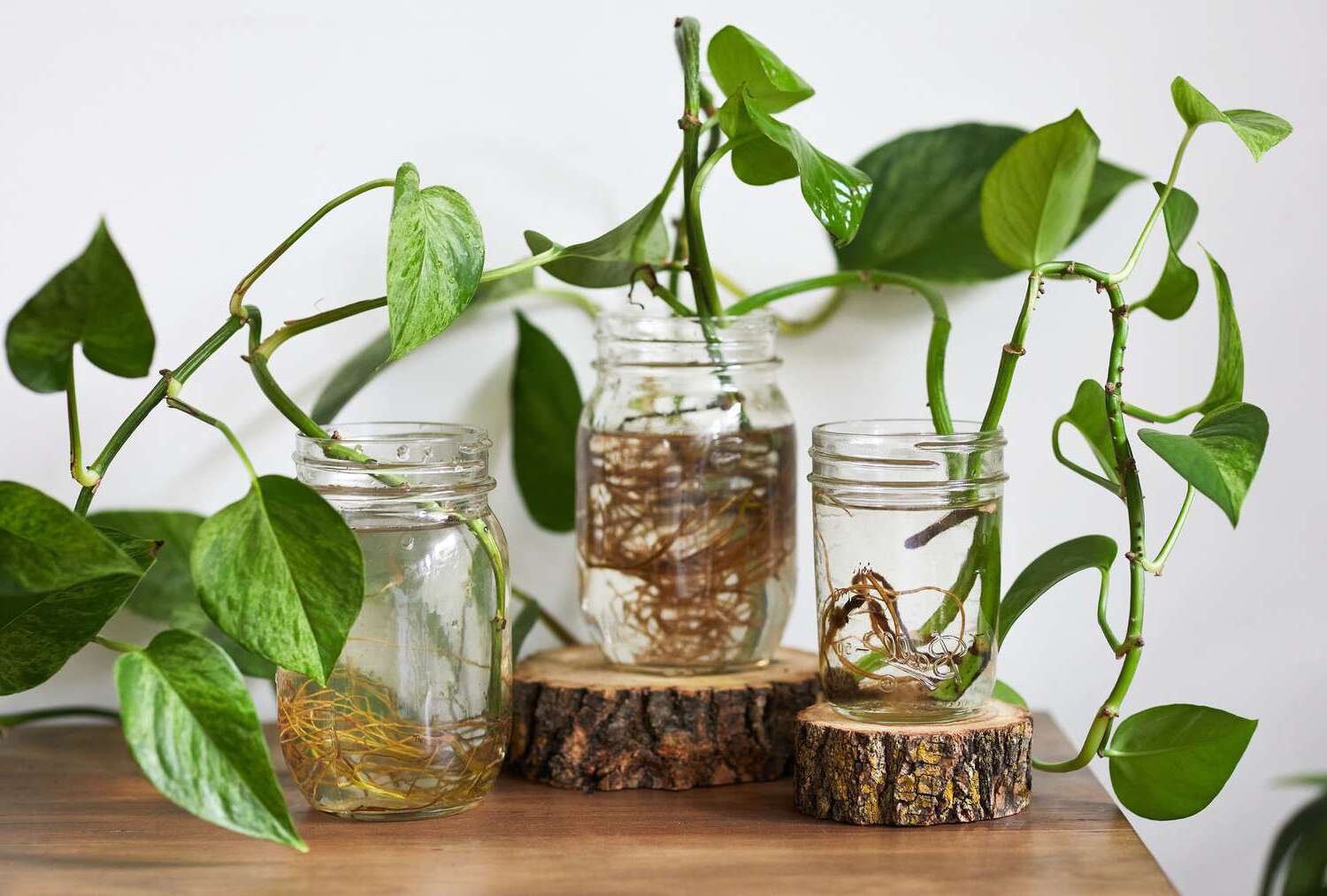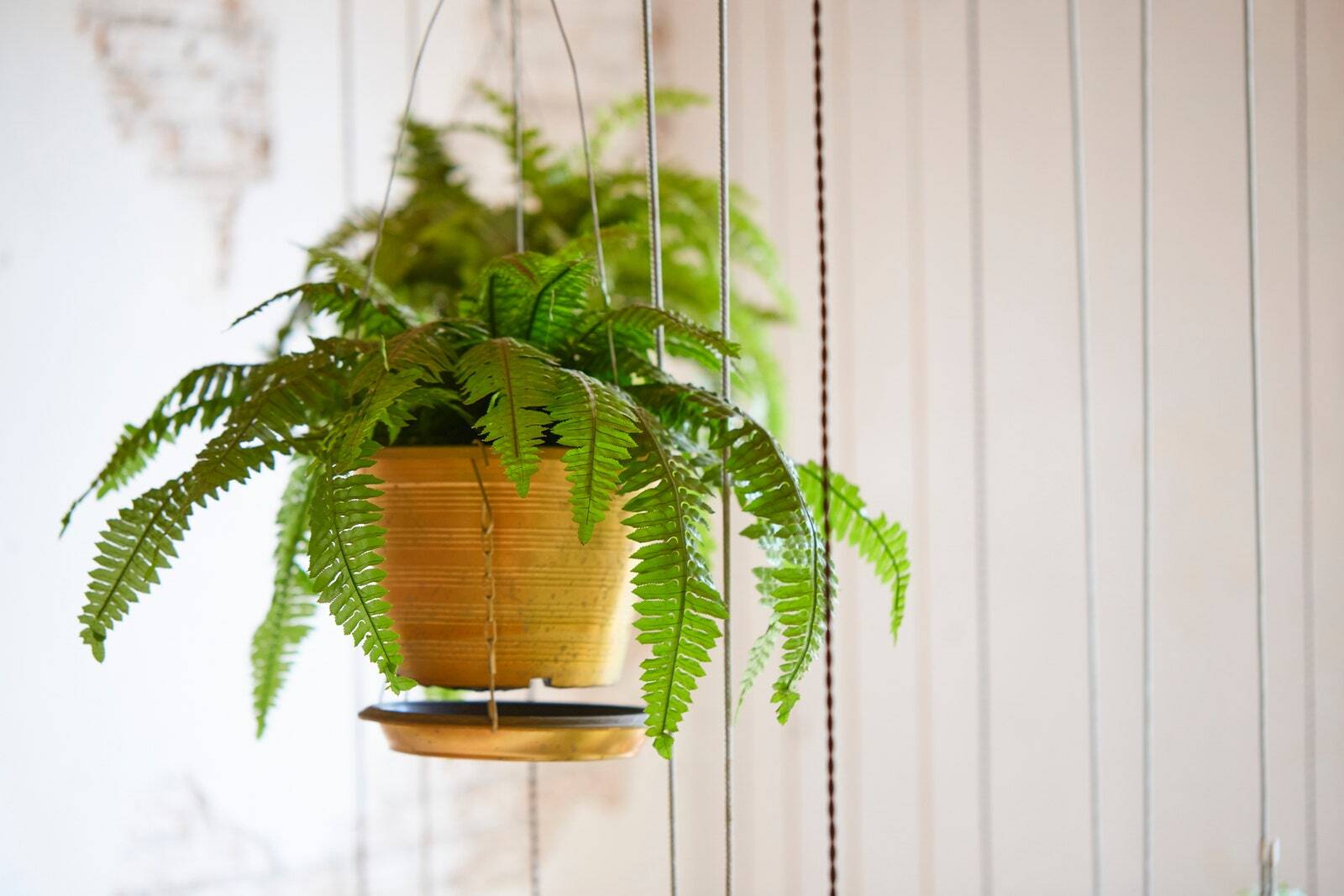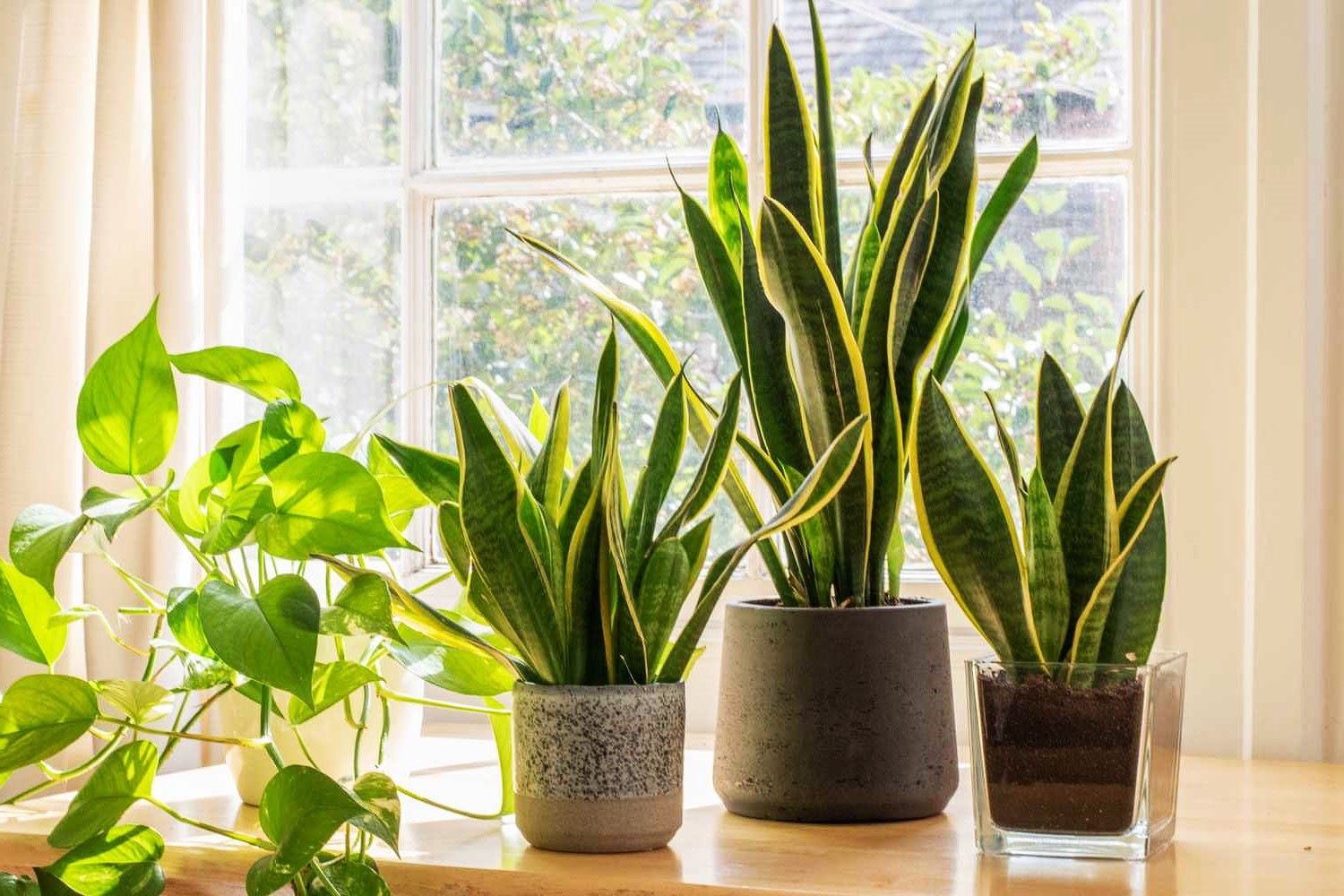Home>Ideas and Tips>Indoor Philodendron Care Guide: Lush Tropical Houseplants


Ideas and Tips
Indoor Philodendron Care Guide: Lush Tropical Houseplants
Modified: October 29, 2024
Learn how to care for indoor philodendrons with our comprehensive guide. Discover tips on lighting, watering, humidity, and more for lush, healthy plants.
(Many of the links in this article redirect to a specific reviewed product. Your purchase of these products through affiliate links helps to generate commission for Storables.com, at no extra cost. Learn more)
Philodendrons are among the most popular and versatile houseplants, known for their heart-shaped leaves and ability to thrive in a variety of lighting conditions. Whether you're a seasoned plant enthusiast or just starting your indoor gardening journey, philodendrons are an excellent choice for adding a touch of tropical charm to your home. In this comprehensive guide, we'll delve into the essential care requirements for keeping your philodendron lush and healthy.
Understanding Philodendrons
Philodendrons belong to the Araceae family and are native to tropical regions of Central and South America. They come in a wide range of species, each with its unique characteristics and growth habits. Some popular varieties include the Heartleaf Philodendron, Split-Leaf Philodendron (Monstera deliciosa), and Climbing Philodendron.
Botanical Name and Varieties
The botanical name for philodendrons is Philodendron spp., which encompasses over 3,750 known species. Each species has its own set of requirements and characteristics, but they generally share common traits that make them ideal for indoor cultivation.
Height and Spread
Philodendrons can grow quite large, with some varieties reaching up to 6 feet in height and spread. The Heartleaf Philodendron, for example, is a popular choice for its compact size and ability to thrive in smaller spaces. Climbing Philodendrons, on the other hand, can grow quite tall if provided with a suitable support like a moss pole.
Lighting Requirements
One of the most critical aspects of philodendron care is lighting. While these plants can tolerate low light conditions, they will not thrive in such environments. Here’s how to provide the right amount of light for your philodendron:
Bright Indirect Light
Philodendrons prefer bright, indirect light. Placing them near an east- or west-facing window is ideal as it provides gentle sunlight without the risk of burning the leaves. If you don't have a window with direct sunlight, you can also use grow lights to supplement the natural light.
Avoid Direct Sunlight
While some direct sunlight is beneficial for most plants, philodendrons are sensitive to intense light. Direct sunlight can cause the leaves to become scorched or discolored, so it's best to keep them away from south-facing windows unless you have a sheer curtain to filter the light.
Low Light Adaptability
If you have a space with limited natural light, don't worry Philodendrons can adapt to low light conditions. However, their growth may slow down significantly in such environments. If you notice your plant is not growing as expected, consider moving it to a brighter spot or using grow lights.
Watering Your Philodendron
Proper watering is crucial for maintaining the health of your philodendron. Here’s how to water your plant effectively:
Soil Moisture Levels
Check the moisture level of the soil by sticking your finger into it up to the first knuckle. If the soil feels dry, it's time to water. The top inch (2.5 cm) of soil should be dry before you water your philodendron.
Watering Technique
When you do water, make sure to thoroughly saturate the soil until water runs out of the drainage holes at the bottom of the pot. This ensures that all parts of the root system receive adequate moisture. After watering, discard any excess water that accumulates in the saucer to prevent root rot.
Avoid Overwatering
Philodendrons are sensitive to overwatering, which can lead to root rot and other problems. Make sure not to leave standing water in the pot as this can cause more harm than good.
Watering Frequency
The frequency of watering depends on several factors including temperature, humidity, and pot size. Generally, you should water your philodendron once a week during spring and summer when it's actively growing. In fall and winter when growth slows down, you can reduce watering to every 10-14 days.
Humidity and Temperature
Philodendrons thrive in environments with moderate to high humidity levels. Here’s how to maintain the right humidity and temperature for your plant:
Humidity Levels
Philodendrons prefer high humidity but can adapt to average household humidity levels. To keep your plant happy, you can place it near a humidifier or mist it regularly with a spray bottle. Higher humidity encourages larger leaves and promotes healthy growth.
Temperature Range
Philodendrons grow well in temperatures between 65°F (18°C) and 80°F (27°C). Avoid placing them near drafts or in areas where the temperature drops below 55°F (13°C), especially during winter months.
Fertilization
Fertilizing your philodendron is essential for promoting healthy growth and vibrant foliage. Here’s how to fertilize your plant effectively:
Fertilizer Type
Use a balanced liquid fertilizer specifically designed for indoor plants. Avoid using solid fertilizers as they can burn the roots if not used correctly.
Fertilization Schedule
Feed your philodendron monthly during spring and summer when it's actively growing. In fall and winter when growth slows down, reduce fertilization to every other month.
Signs of Nutrient Deficiency
If your philodendron is not receiving enough nutrients, it may exhibit pale new leaves or slow growth. Pale leaves often indicate a lack of calcium and magnesium, which are essential micro-nutrients for philodendrons.
Pruning and Propagation
Pruning and propagation are crucial steps in maintaining the health and appearance of your philodendron. Here’s how to prune and propagate your plant:
Pruning
Regular pruning helps keep your philodendron looking its best by removing dead or damaged leaves and stems. Use clean, sharp scissors to avoid tearing or bruising the stems. Snip stems just above a leaf node to encourage new growth.
Propagation
Philodendrons are easily propagated through stem tip cuttings. Take cuttings during spring or early summer when the plant is actively growing. Place the cut ends in water or moist soil until roots develop. This method allows you to create new plants from an existing one, helping to fill out the mother plant or share with friends.
Pest Control
Pests can be a significant problem for indoor plants, including philodendrons. Here’s how to identify and control common pests:
Common Pests
Common pests that affect philodendrons include aphids, mealybugs, scales, and spider mites. These pests can cause damage to leaves and stems, leading to reduced plant health.
Control Measures
To control pests:
- Inspect Regularly: Regularly inspect your plant for signs of pests.
- Isolate Infested Plants: Isolate infested plants to prevent the spread of pests.
- Use Insecticidal Soap: Use insecticidal soap or neem oil to treat infestations.
- Maintain Clean Environment: Keep your plant in a clean environment by wiping off dust regularly.
Toxicity
It's important to note that philodendrons are toxic to humans and pets if ingested. The sap of the plant contains calcium oxalate crystals which can cause oral and gastrointestinal irritation in humans and pets.
Conclusion
Philodendrons are versatile and resilient houseplants that can thrive in a variety of environments. By following these care guidelines—whether it's about lighting, watering, humidity, temperature, fertilization, pruning, propagation, or pest control—you can ensure your philodendron remains lush and healthy for years to come. Whether you're looking to add some tropical charm to your living space or simply want an easy-to-care-for plant, philodendrons are an excellent choice for any indoor gardener.
By understanding the specific needs of your philodendron variety and providing the right conditions, you'll be able to enjoy the beauty and benefits of these wonderful plants. Happy planting
Was this page helpful?
At Storables.com, we guarantee accurate and reliable information. Our content, validated by Expert Board Contributors, is crafted following stringent Editorial Policies. We're committed to providing you with well-researched, expert-backed insights for all your informational needs.










0 thoughts on “Indoor Philodendron Care Guide: Lush Tropical Houseplants”